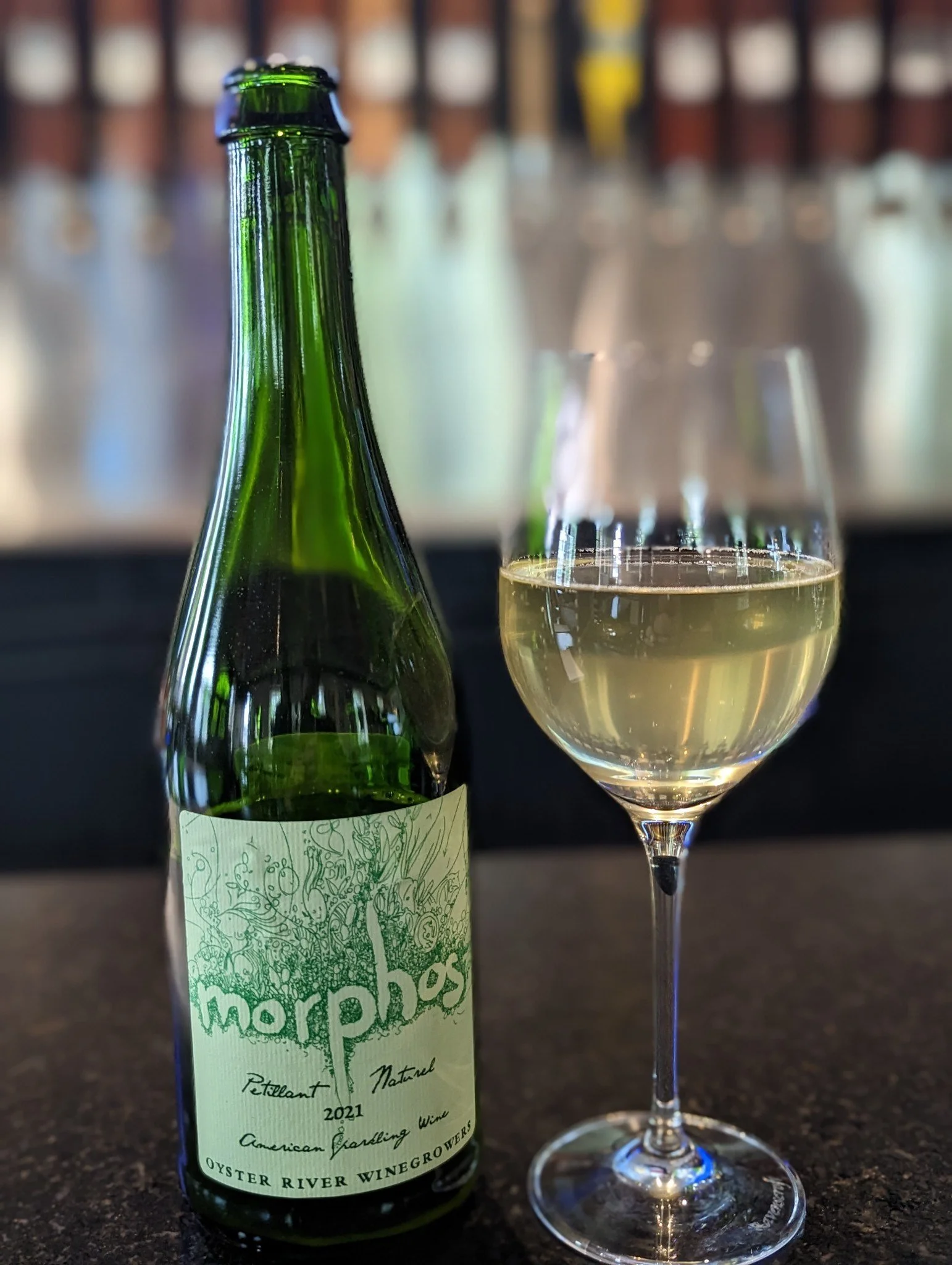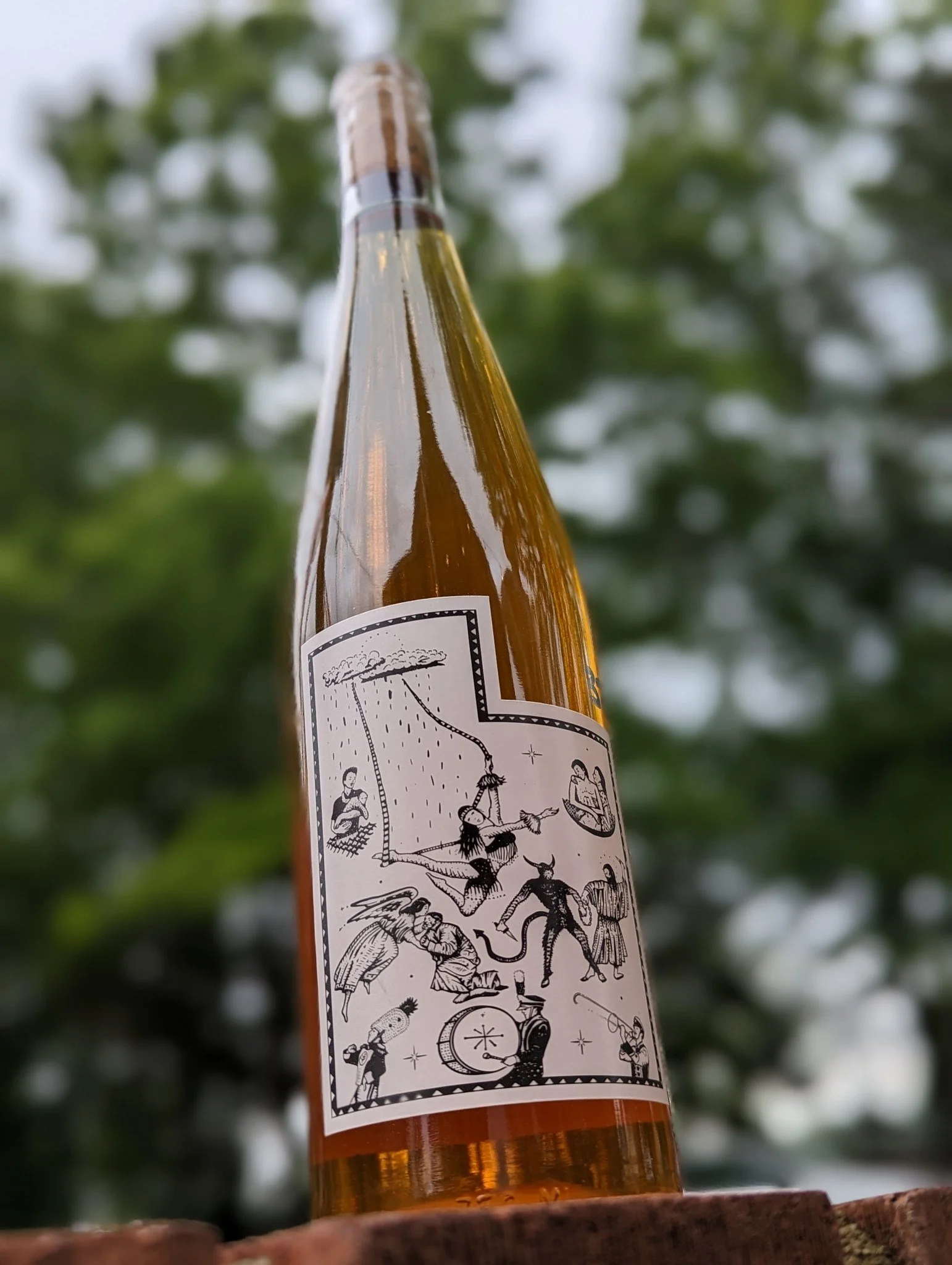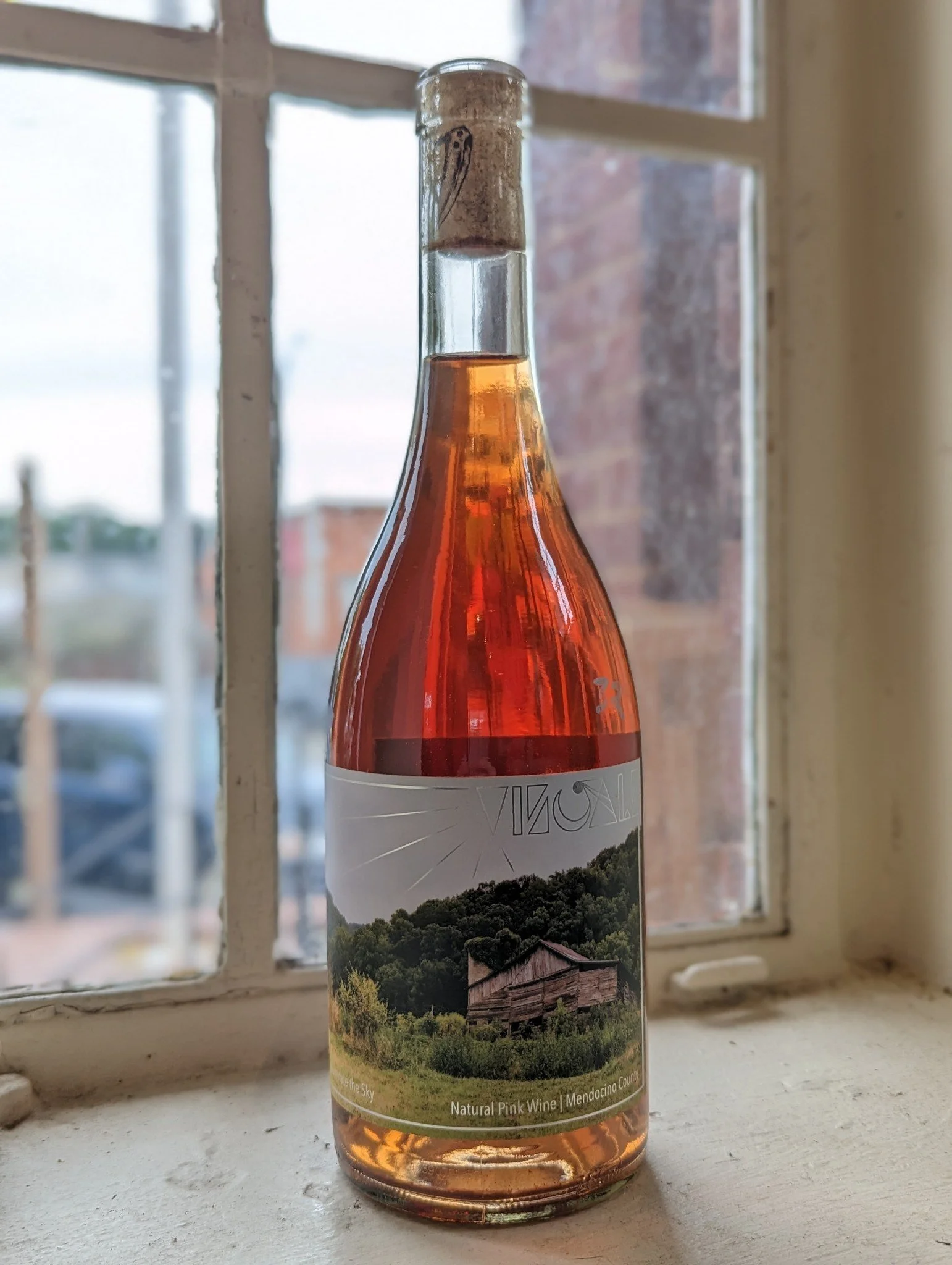Natural Wine – Marketing Bunk or Proper Good Vino?
NATURAL WINE is the generalized term for wine made using simple, traditional techniques. It also refers to the movement within the wine industry to make such wines. It’s important to note that there’s no uniform or regulated definition for the term, Natural Wine, but the basic philosophy of the movement is that nothing should be added or taken out at any point in the winemaking process, from planting the vines all the way to bottling. These wines are also commonly referred to as raw wine or low-intervention wine.
So, what does all this jargon mean in practice? For starters, when vintners call their wine natural, it usually means the grapes were grown using no pesticides or herbicides. Instead, growers encourage predators like owls to live near the vineyards to ward off pests. They also, typically, plant crops that repel destructive insects. Natural winemakers usually refrain from using additives, like sulfites (which do occur naturally in wine to varying degrees). Natural wines are also often unfiltered, with small amounts of yeast left in the bottles.
Perhaps the key difference in natural winemaking, though, lies in the fermentation process. With modern, conventional wine, vintners wash the skins of the grapes to remove the native yeast and bacteria that naturally coat the skins of the grapes as they grow in the vineyard. These natural yeasts and bacteria are considered by most winemakers to be contaminants that yield “off” aromas and flavors in wine, like musty, sour, barnyard, metallic, Band-Aid, savory, cheesy, funky, etc. Once the grape skins are washed, conventional winemakers use commercial, lab-cultivated yeast to facilitate fermentation.
With natural wine however, the native yeasts are not removed, but instead allowed to feed on the sugar in the grape juice and ferment it into wine. In addition to alcohol and carbon dioxide, wild and native yeasts like Brettanomyces also yield phenolic compounds as byproducts of fermentation that natural winemakers actually desire for their wines. That which conventional vintners deem contamination, natural winemakers prize for the unique, rustic, wild, funky and alluring qualities it gives their wine - that is, in certain, limited quantities. (For more on Brettanomyces, click this link to read our previous blog post all about Brett.)
What does natural wine actually look, smell and taste like then? As with any wine, it depends on the specific grape varieties used, the climate of the vineyard, the pH of the soil the vines grow in, the amount of sunlight the grapes get, the timing of the harvest, and the techniques used by the vintner. In general, however, natural wines tend to have some combination of the “Brett-y,” funky qualities mentioned above, but usually not to an excessively assertive degree. The funkiness of some natural wines is compared to that in kombucha or cider, whereas other natural wines don’t stray far enough away from conventional flavor expressions to even be discernable as natural wine.
Many natural wines are also naturally carbonated, referred to as Pétillant Naturel, or Pét Nat for short, by the wine industry. In conventional winemaking, the carbon dioxide produced during primary fermentation is allowed to escape the fermentation vessel, resulting in still, un-carbonated wine. In order to carbonate wines like Cava, Prosecco and Champagne, conventional vintners either pump carbon dioxide into the wine at bottling or add a small amount of sugar to the wine just before bottling, allowing the residual yeast in each bottle to ferment the sugar and carbonate the wine in the bottle – this is known as secondary fermentation. In contrast, Pét Nat makers bottle their wine while primary fermentation is still ongoing. In other words, the carbonation in each bottle is produced by the yeast consuming the natural sugar in the grape juice. This makes the timing of bottling extremely important.
And then there’s orange wine. Orange wine is all the rage in chic, trendy wine bars these days. Orange wine is a specific sub-set of skin-contact wine made from white grapes, often by natural winemakers. Conventional vintners typically remove the skins from white grapes before fermenting the juice. Orange winemakers, however, allow the juice to ferment with the skins after maceration, much like conventional winemakers do with red wine. (Fun fact – the juice of red grapes is clear/white just like that of white grapes; it’s the red skins on the grapes that give red wines their color.) Contact with the white grape skins yields beautiful golden, amber and orange hues. It also introduces a small amount of tannins, giving orange wines a distinctively bigger body/structure than conventional white wines.
So, you’re ready to dive in and try some natural wine… but where to begin? We at Carolina Beer Temple can help with that! Here are a few we frequently have in stock:
Oyster River Winegrowers – Morphos Pétillant Naturel: A personal favorite of mine. Funky, wild, acidic and highly carbonated. This Pét Nat drinks more like a sour beer than a traditional wine and I love it. Imminently refreshing and crisp – perfect for a hot summer day.
Visuals – Illuminate the Sky: Owned by Burial Beer Co, Visuals makes delicious natural wines in Mendocino County, Ca. This Rosé is made from a blend of Vermentino (white) and Montepulciano (red) grapes with skin-contact, giving it a distinctive pale strawberry color. Fruity, full-bodied and definitely worth trying.
Ruth Lewandowski Wines – Tatto: This skin-contact, unfiltered orange wine is a show-stopper. It’s dry, acidic and golden in color. A uniquely heavy mouthfeel for a wine made from white grapes. Pick up a bottle next time you’re hanging out at the Temple!
GC Wines – Etheric Wine Workshop: Hailing from the Willamette Valley, this skin-contact Pinot Gris is strawberry in both color and flavor. Red-fruit forward and a tad funky. Unfiltered and wild, this wine is a curveball in all the right ways.
Cheers!
Author: Trevor Wigle




